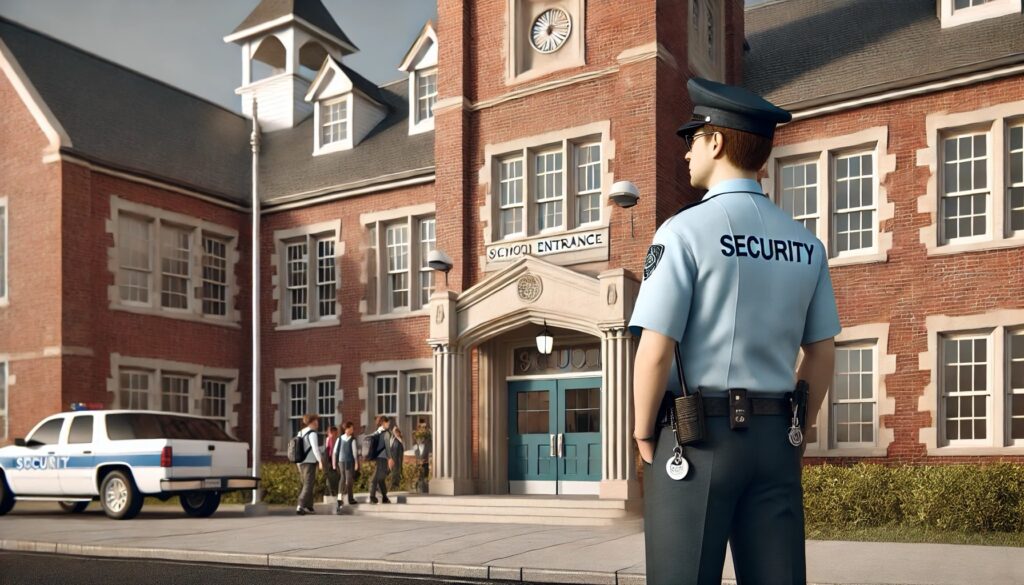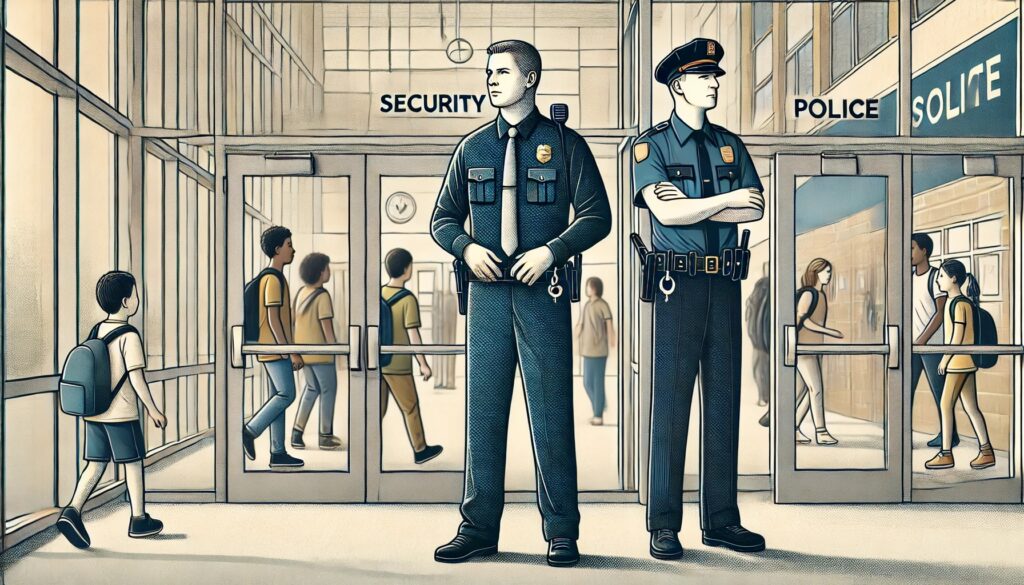
Introduction: Why Near Miss Reporting is the Missing Link in School Security
When we talk about gold standard school security, we often focus on emergency response plans, lockdown drills, and physical security measures. While these are essential, there’s a critical component that many schools overlook—near miss reporting.
Near miss reporting is a proactive strategy used in high-risk industries like aviation and healthcare. It involves tracking incidents that could have led to harm but didn’t—providing schools with an opportunity to identify security weaknesses before they escalate into real threats.
In this blog post, we’ll explore how near miss reporting strengthens school security, how to implement it effectively, and why it’s an essential practice for any school striving for gold standard safety.
What is Near Miss Reporting?
A near miss is an event or situation that, had circumstances been slightly different, could have led to harm. In the context of school security, this could include:
• A student noticing an exterior door left unlocked after school hours.
• A visitor bypassing check-in but being stopped by staff before reaching classrooms.
• A fight almost breaking out, but a teacher intervening just in time.
• A suspicious individual loitering near the school but leaving before security could engage.
Each of these scenarios represents an opportunity to learn, adjust, and improve school security before an actual crisis occurs.
Why Near Miss Reporting is Critical for School Security
1. Identifies Security Gaps Before a Crisis Happens
Near miss reporting helps schools spot vulnerabilities before they’re exploited. If a door is frequently left unlocked or a visitor enters without a badge, it signals a breakdown in security protocols. Addressing these issues proactively prevents major security breaches.
2. Shifts Security from Reactive to Proactive
Most school security strategies focus on reacting to incidents—lockdowns, evacuations, or law enforcement responses. But the gold standard approach is preventative. By analyzing near misses, schools can adjust policies and training to prevent incidents before they happen.
3. Creates a Culture of Awareness and Vigilance
Encouraging students, teachers, and staff to report near misses fosters a culture of security awareness. When everyone in the school community takes ownership of safety, threats are detected and reported earlier—reducing the likelihood of security failures.
4. Enhances Training and Preparedness
Real-world examples are powerful teaching tools. Using near misses in staff training allows security teams to simulate scenarios that almost happened, preparing staff for what to look for and how to respond effectively.
How to Implement a Near Miss Reporting System in Schools
1. Establish a Simple Reporting Process
A near miss reporting system should be easy, accessible, and non-punitive. Schools can implement:
• Anonymous reporting forms (online or paper-based).
• A mobile app or text-based system for quick submissions.
• A dedicated email or phone hotline for staff and students to report concerns.
2. Encourage Reporting Without Fear of Blame
People are often hesitant to report near misses because they fear getting themselves or others in trouble. Schools must create a no-blame culture, emphasizing that near miss reporting is about improvement, not punishment.
3. Analyze and Track Patterns
Security teams should regularly review reports to identify patterns. For example, if multiple reports mention unsecured doors in the gym, it signals a need to reinforce lockup procedures.
Key questions to ask when analyzing near misses:
• What almost happened?
• What prevented the incident from escalating?
• What policy or procedure needs improvement?
• How can staff be trained to prevent this in the future?
4. Take Action and Close the Loop
A near miss report is useless if it’s ignored. Schools must:
• Address vulnerabilities quickly (e.g., fix broken locks, update visitor protocols).
• Train staff on findings (e.g., improve supervision during dismissal).
• Communicate outcomes to reinforce the importance of near miss reporting.
Examples of Near Miss Reporting in School Security
Case Study 1: The Propped Open Door
A middle school teacher noticed that a rear door was frequently propped open during lunch to allow fresh air into the cafeteria. While no incident occurred, the security team identified it as a major risk for unauthorized entry. As a result, they:
• Installed automatic door closers to prevent propping.
• Trained staff on why unsecured doors pose a threat.
• Increased security patrols during lunch periods.
Case Study 2: The Suspicious Visitor
A front desk staff member observed an individual attempting to enter the school without checking in. Although the visitor eventually left, security reviewed footage and discovered:
• The school lacked clear visitor check-in procedures.
• Staff needed better training on engaging unauthorized visitors.
• A new “Challenge and Escort” protocol was implemented, ensuring all visitors were properly screened.
Why Near Miss Reporting is the Gold Standard for School Security
Gold standard security isn’t just about having protocols—it’s about continuously improving them. Schools that implement near miss reporting elevate their security posture from passive protection to active prevention.
By learning from close calls, schools can:
✅ Identify and fix vulnerabilities before a crisis.
✅ Foster a proactive security culture.
✅ Strengthen staff training with real-world scenarios.
✅ Build a safer, more resilient learning environment.
Final Thought: Does Your School Have a Near Miss Reporting System?
If your school isn’t tracking near misses, you’re missing a crucial opportunity to improve security. Near miss reporting is a proven strategy in high-risk industries, and schools should adopt it as part of their gold standard security framework.
What steps can your school take today to start implementing near miss reporting? Let’s continue the conversation in the comments.



